I may be done with natural dyeing. I spent about 90 minutes in the hot sun deadheading alfalfa threatening to take over my backyard. I'd seen no results of others experimenting with alfalfa as a dye plant, it's a weed, I don't mind cutting the flowers, and I'd have fun finding out what color it produced. I thought.
The yarn was mordanted once again with alum and cream of tartar. Cotton doesn't hold as much of the color with this process, but I like pastels, so I stuck with what I knew worked.
The dye bath looked somewhat like a mixture of mostly apple juice with a bit of grape juice or prune juice mixed in. Once again, it smelled somewhat like spinach that's cooked a bit too long, just as the curly dock did. In my research, I learned alfalfa, too, is a legume, so perhaps that's why it gives the familiar sent.
After an hour of simmering the yarn (one hank of wool and two hanks of cotton, all together this time, no separate exhaust bath), the yarn appeared to have the same color as the curly dock yarn.
Wasn't expecting that. I expected at least a little differentiation in the coloring. I decided to let it soak overnight, which is what many natural dyers do anyway.
The next morning, the wool had more of a golden hue than the curly dock yarn, and that was a little more satisfying, but again, I'm not much of a yellow person, plus, I knew the color would be lighter once the yarn dried. I wanted a little bit of the purple that was apparent in the dye bath. It didn't have to be a lot, didn't have to be strong. I just wanted proof of all the purple flowers I'd cut!!! Even in purple iris dyeing, fiber artists get a bit more of a green hue than yellow!
This time I used a chrome after-mordant. Chrome is a photo processing chemical, so I have plenty of that, and I know how to use it and dispose of it. I've known this stuff since I was about 16 years old. Chrome also is said to give yarn a soft and silky texture. Bring it on!!!
The cotton yarn, which is how I test these natural dyeing techniques before I put the good wool in, knowing wool is going to produce a different color than the cotton, took on a very bright yellow tone in the chrome bath. It was so radically different than the curly dock yarn, I got excited about natural dyeing again! But the brightness washed out. If I do natural dye again, I may try using chrome as an initial mordant, just to see what happens. If it makes a difference in the brightness, I could play with natural dyeing a bit more.
I do still want to try thistle, because it's a noxious weed, it grows out of control here, and I have no hesitation whatsoever in cutting the seed heads, even though they do make stunning photos.
I also want to try black beans. I've seen some beautiful results from what other dyers have achieved with black beans. Plus, you can eat the beans after you're done extracting the color if you soak the beans in a cooking pot, then pour off the water into your dye pot, making sure the beans never make contact with your dyeing kitchenware. Plus, plus!
It was wildly apparent I wasn't going to achieve any degree of purple in this batch, so I cheated. I put the wool and one hank of cotton back in the dye bath and added a quarter teaspoon of fiber reactive dusty rose dye from Dharma.
The cotton didn't show the dye as well, but, until dry, it did have an ever-so-slight tint of the prune juice effect I was seeking, so I was happy. The wool, though... It rocked!!!
I knew the color would be lighter once the yarn was thoroughly washed and dried, but this is what I was after! I realized I can use regular dyes to try to achieve the colors I love in nature instead of cutting beloved flowers. There is a tremendous amount of challenge and joy in trying to obtain colors I love in nature while using professional dyes, and I don't think I'll ever tire of it. This was the color I expected when I began this batch of yarn! The dusty rose in the wool seems to fade with time, but I still like the yarn.







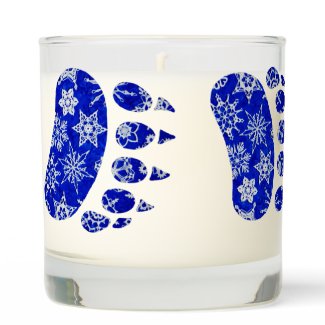
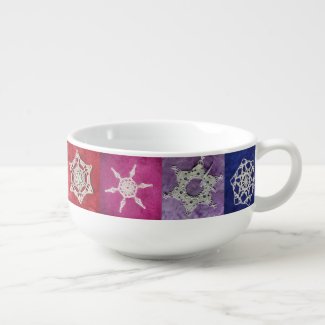



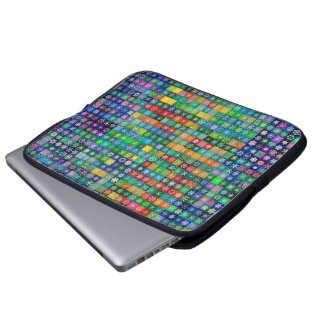
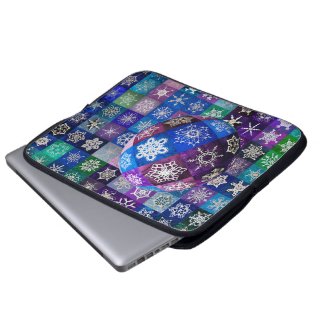




















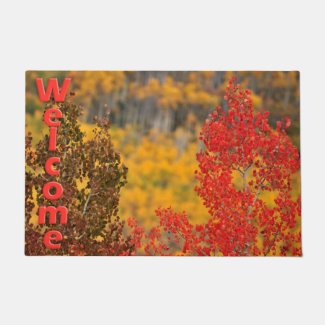


Quite the process, first I've seen of it. Yep, hot too!
ReplyDeleteThanks, Pat! It's a great way to make use of weeds that really have no other use. And the steamed weeds are GREAT in the garden soil. (Plus, the seeds don't germinate after they've been cooked! Yippee!)
DeleteWow, this is amazing!
ReplyDeleteDon't tell my horses that alfalfa is a weed!! LOL
ReplyDeleteI love watching the things you do with yarn. Very interesting. One day I will have time to make quilts and sew and crochet and all that fun stuff.
If alfalfa is threatening to take over your back yard I would be more than happy to come and help you out with that. :)
ReplyDeleteWow, it turned out really gorgeous! There must be something about all those natural tints that causes them to disappear when cooked.... I can see why you're so fascinated by the process.
ReplyDeleteYou are such the experimenter
ReplyDelete